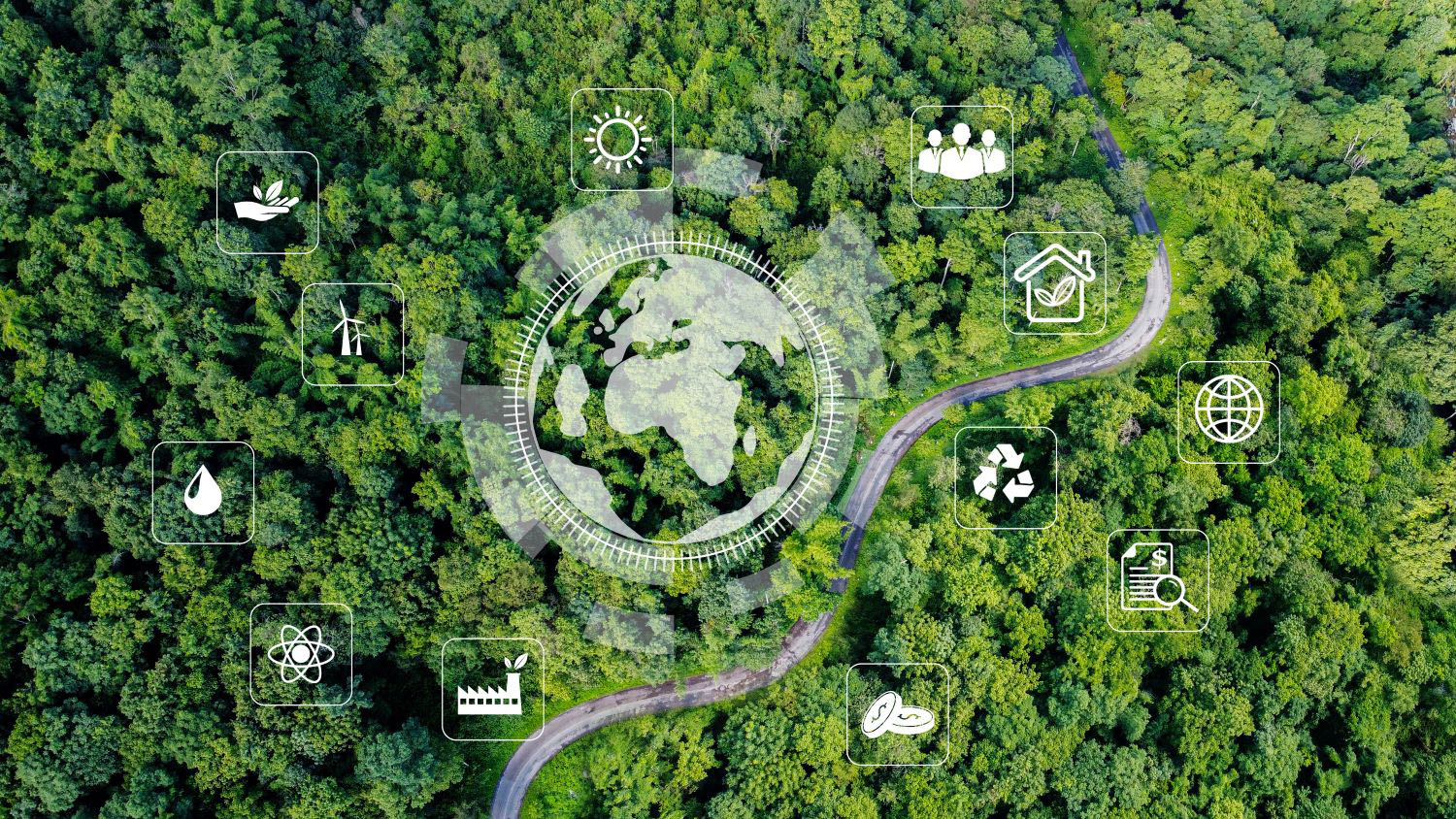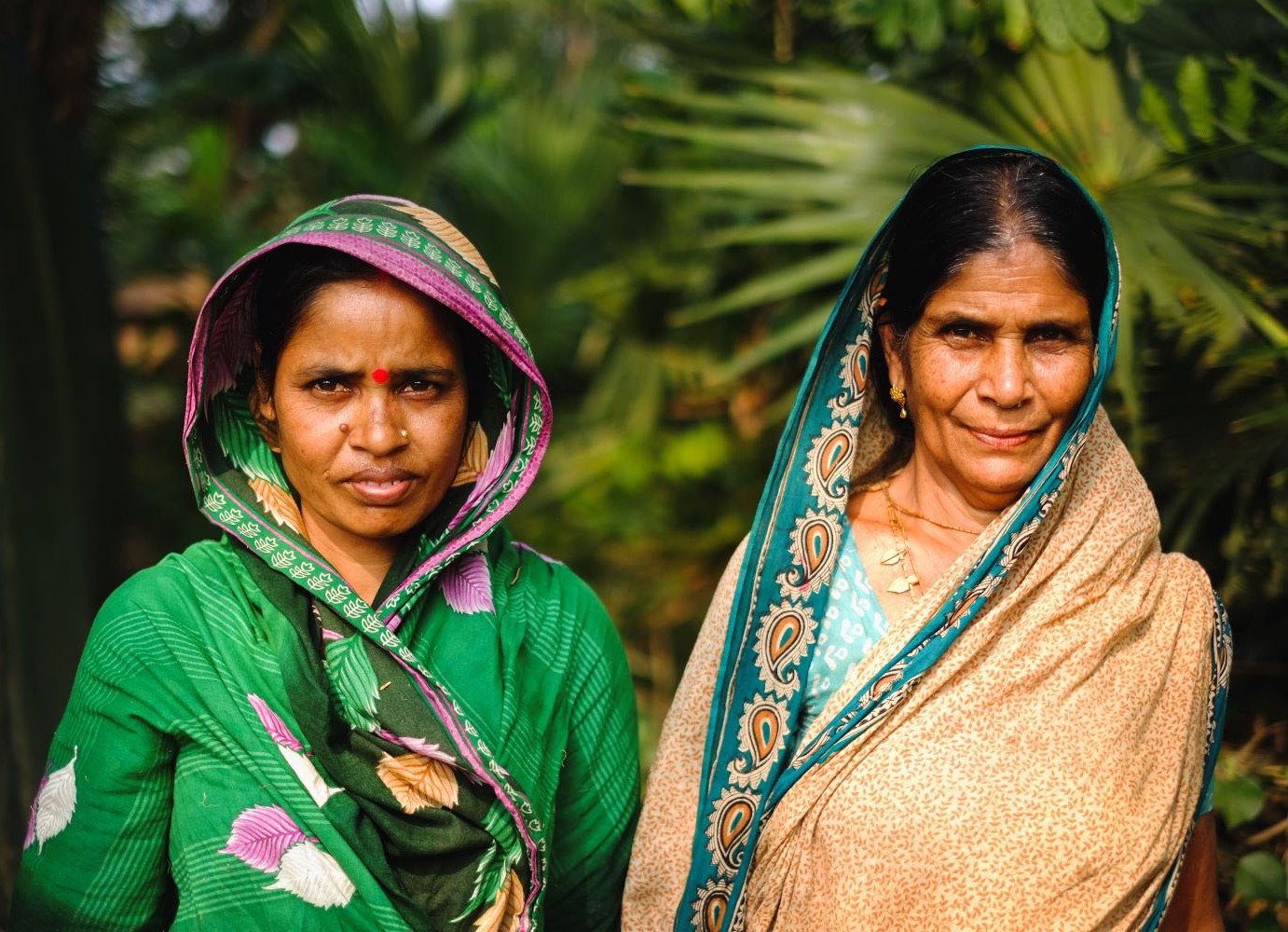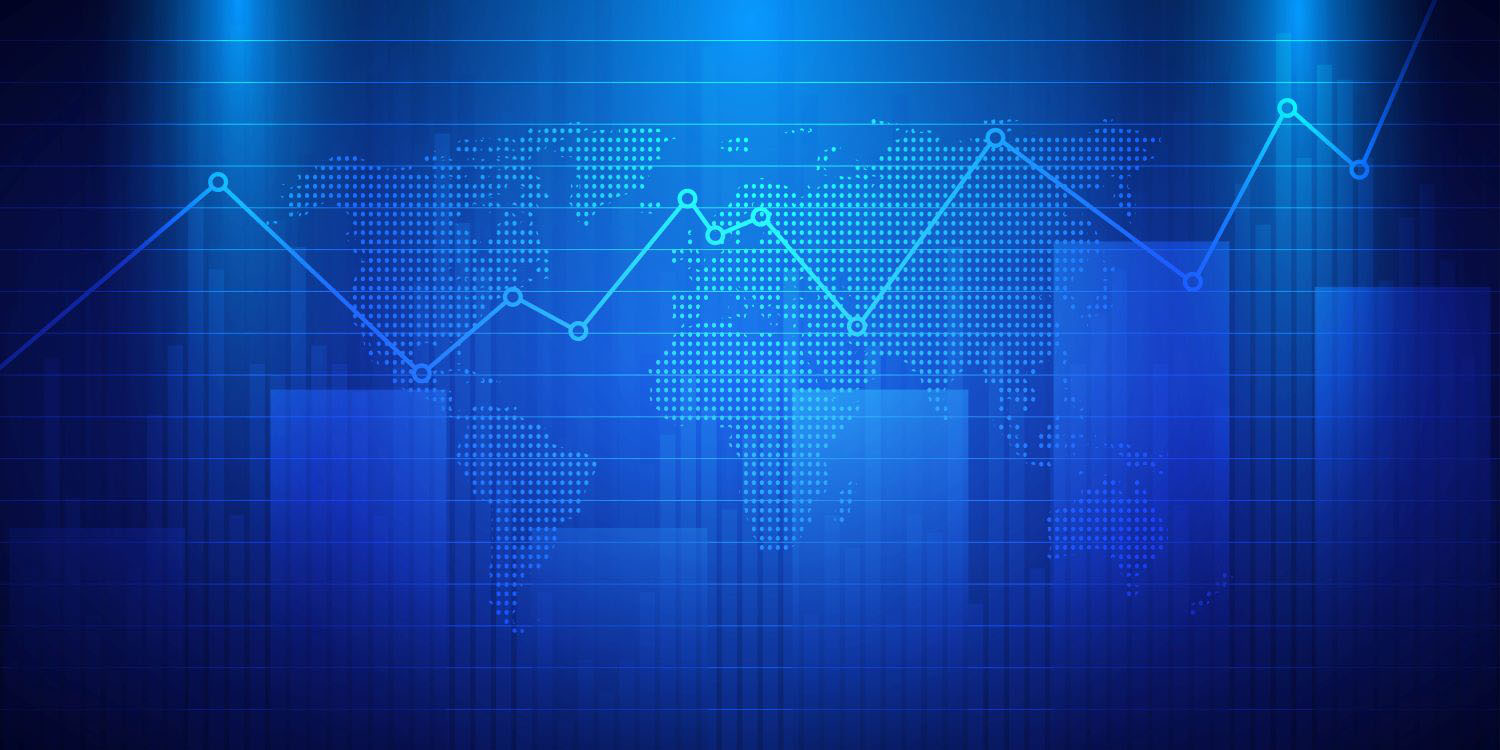I’ve spent the last few days immersed (drowning?) in MDGs 2.0. First, CGD hosted a discussion of Washington-based folks interested in the issue (thanks to ODI’s Claire Melamed for headlining), and then I went to New York for a meeting organized by UNDESA and UNDP –the Experts Group Meeting to Support the Advancement of the Post-2015 UN Development Agenda. We met, we supported, we grouped and agendized. It was very interesting indeed and I’m grateful to have been invited. But to be honest, and with the caveat that I had to leave early, I couldn’t tell if we advanced.Not least, it is very hard to see how everything that people want out of the new MDGs can hold true together: first, keeping the stuff we like from the original lot -- including a limited number of simple goals with numbers attached that attract a global consensus. Second, adding a far more participatory process of development, flexibility at the country level, addressing the framework to deliver systemic global change, assigning responsibilities and covering gaps including employment, infrastructure, inequality, disability, governance, human rights, security and violence, climate, biodiversity, oceans, migration, crisis resilience, food security… the list goes on. Try just the issue of getting the potential new topics shoehorned into eight or less goals. Easier than ferret legging in your drainpipe jeans, as my grandpa used to say (not actually, but you get the point).And underlying that problem might be the fact that different people have very different ideas about what the goals should be for. Despite the fact the first lot were (arguably) quite successful at raising aid financing, there’s a strong sense that the new set should be ‘less about development agencies.’ Fair enough. But that still leaves a lot of options. Are they to say what is important for the planet’s people in general? What’s important for poor people (or poor countries)? What’s important to highlight in a broader development agenda because it has been underplayed previously? What’s important for global collective action or for the UN system? To create a framework to support national development programs? To rally support for global development? To justify financial flows? To justify meetings and per diems?Doubtless whatever emerges in 2015 (assuming something does) will involve an attempt to do a good deal of the above, none of it to anyone’s great satisfaction. That could still be very valuable. Indeed, if there is a widespread consensus that these are truly globally agreed goals, it might well be considerably more valuable than the initial Millennium Declaration and MDGs.But there are risks attached. Not least, we could lose what gave the original lot of MDGs their considerable staying power in terms of influencing discussion: they were a few simple, understandable, mostly numerical goals agreed by 187-odd heads of state. Whatever happens, it would be a real shame to lose those vital features. In particular, data availability and measurement shouldn’t drive what becomes a development goal. But if the new goals are to be more than another lofty proclamation copied to a server gathering asbestos dust in the basement of the UN, they’d better have numbers attached.
CGD blog posts reflect the views of the authors, drawing on prior research and experience in their areas of expertise.
CGD is a nonpartisan, independent organization and does not take institutional positions.





